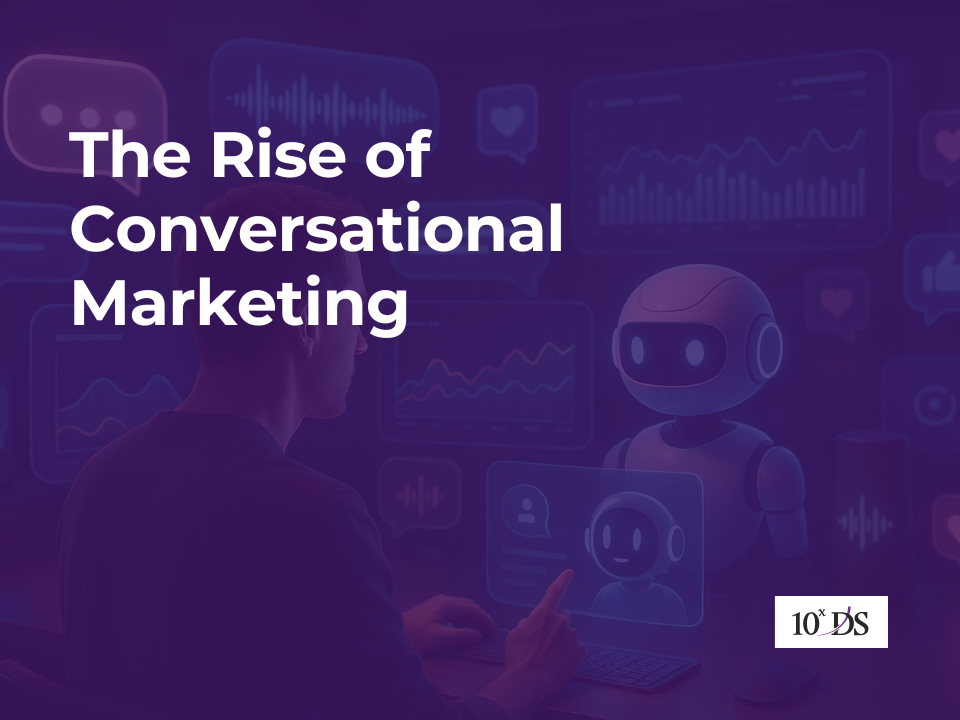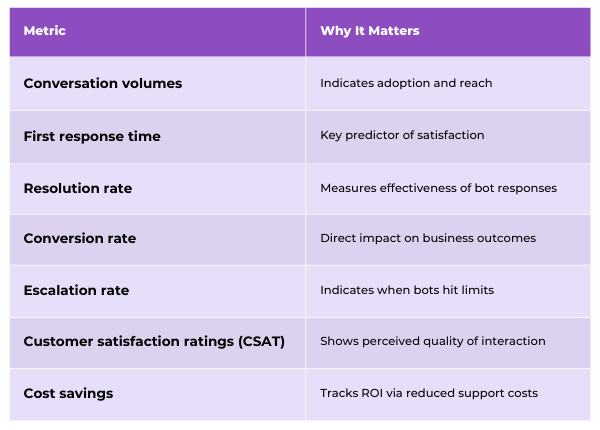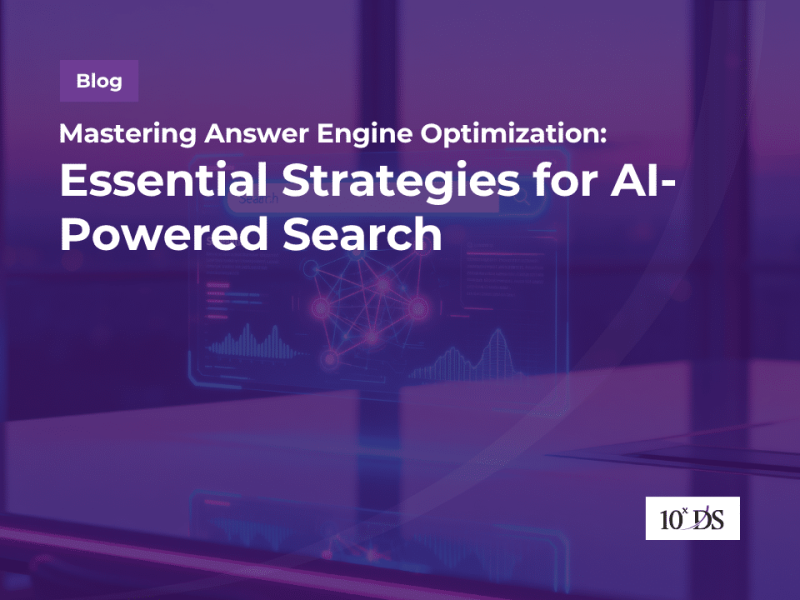
The Rise of Conversational Marketing
Conversational marketing has rapidly emerged as a powerful tool for brands to engage customers, drive loyalty, and streamline purchase decisions. Recent statistics highlight just how influential this trend has become. Research and Markets reports that the global AI chatbot market was valued at $15.6 billion in 2024 and is expected to nearly triple to $46.6 billion by 2029. Most consumers say conversational marketing makes shopping easier and faster, while global brands report increased loyalty since introducing chatbots This surge illustrates that integrating conversational tools—especially conversational marketing chatbots—is no longer optional. It’s essential for brands to meet consumer demand for fast, personalized interactions.
What Is Conversational Marketing?
At its core, conversational marketing empowers customers to interact with brands in real time via natural language—through messaging apps, live chat, voice assistants, or chatbots integrated on websites. Unlike one-way advertising, it’s a two-way dialogue, making customers feel heard and understood.
Key goals include:
- Personalized engagement — responding to individual needs instantly.
- Real-time support — guiding customers through product discovery and purchasing.
- Efficient lead capture — qualifying prospects conversationally.
- Streamlined conversion — reducing friction with timely answers and suggestions.
Chatbots serve as the foundation of this ecosystem—making conversational marketing chatbot platforms a central component.
Why Brands Are Adopting Conversational Marketing Chatbots
1. Consumers Prefer Messaging
Modern consumers increasingly prefer the immediacy and convenience of messaging channels over traditional communication methods. In fact, most of customers say they prefer messaging to phone calls when seeking support. Additionally, many consumers report favouring brands that offer live chat on their websites or apps. Messaging fits naturally into people’s daily routines, making it a faster and more accessible way to resolve queries, get product information, or seek assistance—without waiting on hold or navigating complex phone menus.
2. Higher Engagement and Loyalty
Conversational marketing, particularly through chatbots, has become a key driver of customer engagement and loyalty. Businesses leveraging chatbots have seen an average increase in sales and considerable percentage of total sales attributed directly to chatbot interactions. These automated conversations not only guide customers through their buying journey but also make them feel supported in real time. Furthermore, companies using chatbots report boost in client engagement, highlighting how powerful these tools can be in building deeper, more responsive customer relationships.
3. Cutting Costs and Scaling Support
In addition to improving engagement, chatbots play a critical role in reducing operational costs. They are capable of resolving up to 80% of simple customer complaints, freeing up human agents to handle more complex issues. This efficiency leads to significant savings, with businesses cutting customer-support costs by around 30% after implementing chatbot solutions. For companies handling high volumes of customer queries, this cost-effectiveness is particularly valuable, allowing them to scale support without sacrificing service quality.
4. Market Growth and Investment
The adoption of conversational marketing tools, especially chatbots, continues to rise sharply. Most marketing agencies now consider chatbots to be an essential part of their strategy. This reflects a broader industry trend as chief marketing officers (CMOs) increasingly invest in AI-driven customer engagement solutions. The anticipated growth in adoption over the next few years suggests that conversational interfaces will soon become a standard in brand-consumer interactions, rather than a novelty.
5. Improved Conversion and Acquisition
AI-powered chat assistance is also proving highly effective in driving conversions. E-commerce brands, in particular, are seeing up to a 4× higher conversion rate when using chatbots to guide users through the purchase process. These tools not only provide instant answers but also personalize product recommendations, making it easier for consumers to make decisions. As a result, purchases are completed 47% faster, demonstrating that conversational marketing doesn’t just support the buying process—it accelerates it.
How Conversational Marketing Works
Conversational marketing blends strategy, tools, and human oversight:
Step 1: Greet and Guide Instantly
The first step in an effective conversational marketing strategy is to immediately engage visitors with a friendly, purposeful greeting. Businesses can achieve this using tools like Facebook Messenger, WhatsApp Business API, or on-site chat widgets. The purpose of this initial interaction is to prompt action by making users feel acknowledged and supported. A simple message like, “Hi! How can I help you today?” can encourage users to start a conversation, ask a question, or explore a service. This proactive greeting serves as the entry point for a personalized customer journey, increasing the likelihood of continued interaction.
Step 2: Automate with AI
Once a conversation begins, automation takes center stage. Companies can deploy a conversational marketing chatbot to efficiently handle a range of tasks—such as answering frequently asked questions, collecting contact information, recommending products, and scheduling appointments. These bots leverage natural-language processing (NLP) to interpret user input and respond in ways that feel natural and relevant. Advanced AI chatbots are now capable of managing up to 70% of entire conversations without needing human assistance, which significantly boosts efficiency and availability. This automation allows businesses to offer real-time service 24/7, while also freeing up human agents to focus on more complex tasks.
Step 3: Qualify Leads Seamlessly
Beyond basic support, chatbots play a vital role in lead qualification. By asking smart, conversational questions—such as “What brings you here today?” or “Are you interested in Product X or Product Y?”—they can quickly identify user intent and segment customers based on interest or need. This information helps the bot collect essential lead details like names, email addresses, and product preferences. Once a lead is qualified, the bot can transfer the conversation to a sales representative for further engagement. This handoff is designed to be smooth and natural, ensuring that sales teams receive warm, informed leads with minimal delay.
Step 4: Engage, Recommend, Convert
With the right data in hand, chatbots can engage users more effectively by offering personalized recommendations based on preferences or browsing behavior. They can also answer detailed product questions, provide real-time updates, or even initiate transactions by integrating with payment gateways. This capability turns chatbots into powerful digital sales assistants. The immediacy and relevance of these interactions help remove friction from the buyer’s journey, significantly increasing conversion rates and reducing cart abandonment. In many cases, real-time guidance from a chatbot can shorten the path to purchase and enhance overall user satisfaction.
Step 5: Escalate to Live Agents When Needed
Despite the efficiency of AI, not every user query can or should be handled by a bot. Complex or sensitive issues often require a human touch. An effective conversational marketing strategy includes clear pathways for escalation to live agents. When a chatbot detects uncertainty, emotional frustration, or questions beyond its capabilities, it should offer to connect the user to a human representative. Transparency is key—users should be informed when this transition is happening with messages like, “This might take me a bit longer—but here’s a direct line to someone who can help.” This honest approach builds trust and ensures the customer still feels supported throughout their experience.
Step 6: Track, Optimize, Repeat
To continually improve chatbot performance and customer satisfaction, businesses must track key metrics using analytics and conversational data. This includes monitoring user intent, where users drop off in a conversation, common issues, sentiment analysis, and conversion rates. By identifying patterns and pain points, companies can refine chatbot scripts, improve flows, and enhance automation logic. This iterative process of analyzing and optimizing ensures that the chatbot remains effective, aligned with customer expectations, and capable of delivering consistent value over time.
Tools and Technologies
There is a wide variety of conversational marketing chatbot platforms available today, catering to different business needs and technical capabilities. These platforms range from no-code solutions—which allow marketers and small businesses to build chatbots without writing any code—to highly customizable, enterprise-grade platforms that offer advanced features and deep integrations.
Popular platforms like Drift, Intercom, ManyChat, HubSpot Chat, and Facebook Messenger Bots are commonly used for lead generation, customer support, and nurturing relationships through automated yet personalized interactions. These tools are ideal for businesses looking to engage customers quickly, qualify leads in real time, and improve response times without requiring large development resources.
On the other end of the spectrum, enterprise AI platforms such as Haptik, Gupshup, and IBM Watson Assistant provide robust customization options. These platforms are designed to integrate deeply with existing business systems and handle more complex workflows, including multilingual support, emotional analysis, and AI training models tailored to specific industries. Their scalability and flexibility make them ideal for large organizations with sophisticated automation needs.
Considerations while adopting conversational marketing
When adopting conversational marketing, businesses must first consider their target audience and customer behavior. Understanding where and how customers prefer to engage—whether through live chat on a website, messaging apps like WhatsApp or Facebook Messenger, or voice assistants—will shape the entire strategy. It’s also crucial to define clear goals for the chatbot or messaging solution: Is it meant to qualify leads, provide instant customer support, drive conversions, or all of the above? Without a focused use case, the implementation may feel fragmented and fail to deliver measurable results.
Another key consideration is balancing automation with the human touch. While conversational marketing chatbots are powerful for handling routine queries and guiding users through sales funnels, there should always be a seamless option for escalation to a live agent when necessary. Additionally, privacy and compliance are critical; businesses must ensure data collection via bots adheres to regulations like GDPR or CCPA. Investing in a platform that supports scalability, analytics, and integrations with existing tools such as CRMs, email marketing platforms, or e-commerce systems will also help ensure long-term success and efficiency as the business grows.
Real-World Examples
E-commerce: Personalized Shopping with Chatbots
A well-known fashion retailer implemented a conversational marketing chatbot on its website to enhance the customer shopping experience. The bot greets visitors and asks about their style preferences, size, and budget, then curates personalized product suggestions in real time. It also applies available discount codes automatically, removing friction at checkout. As a result, customers make faster purchasing decisions, and the brand has reported a significant rise in average order value and checkout completion rates. The personalized experience keeps users engaged longer and encourages repeat visits.
B2B SaaS: Lead Qualification and Demo Scheduling
A B2B software company uses Drift, a leading conversational marketing platform, to streamline its lead generation process. When visitors land on the website, the chatbot engages them with questions like company size, industry, and pain points. Based on their responses, the bot qualifies leads and automatically offers demo slots by integrating with the sales team’s calendar. This automation has led to a 30% increase in SQLs (Sales Qualified Leads) and a noticeable reduction in lead response time. The efficiency also allows sales reps to focus on high-intent leads rather than cold prospects.
Local Services: Streamlined Bookings via WhatsApp
A regional plumbing company adopted a WhatsApp-integrated chatbot to modernize its customer booking system. Customers can now send a message, describe the issue, and receive appointment options in seconds—all through a familiar messaging app. This has eliminated the need for back-and-forth phone calls and manual scheduling, which often led to missed inquiries. The business has reported a 40% reduction in admin time and better customer satisfaction, especially from users who prefer text over calling. It’s also helped the company capture leads even outside business hours.
Healthcare: Appointment Scheduling and Triage
A mid-sized clinic introduced a chatbot on its website and Facebook page to help manage appointment scheduling and initial patient triage. The chatbot asks patients about symptoms, preferred time slots, and insurance details, then either confirms an appointment or directs them to emergency care if necessary. It integrates directly with the clinic’s scheduling system, reducing front-desk workload and improving efficiency. This has led to fewer no-shows and better time management for staff, while also providing patients with a more responsive, 24/7 experience.
Travel & Hospitality: Instant Booking and Support
A boutique hotel chain uses a chatbot to assist with room bookings, answer FAQs, and upsell amenities like spa packages or airport transfers. When potential guests land on the website, the bot asks about travel dates, preferences, and group size, then offers tailored options. It can even apply promotional rates and confirm bookings on the spot. This has resulted in higher direct bookings and reduced reliance on third-party booking platforms, helping the brand maintain better margins and customer loyalty.
Metrics That Matter
To measure the success of a conversational marketing strategy, it’s essential to track the right performance indicators. These metrics provide insights into how effectively chatbots engage users, resolve queries, and drive conversions—helping businesses refine their approach and maximize ROI. By analyzing these data points, companies can continuously optimize the user experience and align chatbot performance with business goals.

Overcoming Common Challenges
One of the first challenges businesses face when implementing conversational marketing is user resistance, often referred to as gatekeeper aversion or algorithm aversion. Some users are skeptical about interacting with chatbots, especially if they’ve had negative experiences in the past. To overcome this, brands must be transparent about when users are speaking with a bot and clearly communicate the bot’s benefits—such as speed, 24/7 availability, and immediate assistance. It’s also important to offer quick and easy access to live human agents, so users don’t feel trapped in automated loops. When users know help is readily available, their willingness to engage with bots increases significantly.
Another key challenge is handling complex or nuanced queries. While chatbots excel at answering straightforward questions and guiding users through structured flows, they often struggle with ambiguous or emotionally charged situations. To address this, companies should identify common complex scenarios and design escalation paths that transfer users to human agents without disrupting the conversation. This smooth handoff ensures customers receive the depth of support they need without feeling frustrated. In addition, deploying emotion-aware chatbots—those capable of recognizing user sentiment and responding empathetically—can further enhance the customer experience and build trust, especially during sensitive interactions.
Finally, data privacy and trust are ongoing concerns in any digital interaction. Users need to know exactly what personal information the chatbot collects, how it is stored, and what it will be used for. Clearly communicating this—and strictly adhering to privacy regulations like GDPR or CCPA—is essential for maintaining transparency and compliance. This is particularly important when dealing with older demographics, who may be more cautious or hesitant about sharing information with automated systems. By openly addressing privacy and reinforcing the security of user data, businesses can foster long-term trust and encourage deeper engagement with their conversational marketing tools.
Looking Ahead: The Future of Conversational Marketing
As conversational marketing continues to evolve, the future promises even more intelligent, responsive, and immersive experiences. Emotionally intelligent bots will increasingly be able to interpret tone and sentiment, making conversations feel more human and empathetic. Voice-based assistants like Alexa and Google Assistant will work alongside traditional text bots, broadening the channels through which customers can interact. Meanwhile, hyper-personalized conversation flows—powered by data from CRM systems, browsing history, and past purchases—will deliver tailored recommendations in real time.
Looking ahead, unified platforms that combine chat, voice, email, and even emerging technologies like AR and VR will redefine what seamless customer engagement looks like. We may even see the rise of autonomous commerce, where bots proactively manage reorders, upsells, and cross-sells based on user behavior without human intervention. Brands that invest early in these advanced conversational tools—and do so with a strategic, customer-first mindset—will not only stay ahead of the curve but also build deeper loyalty and long-term competitive advantage.


